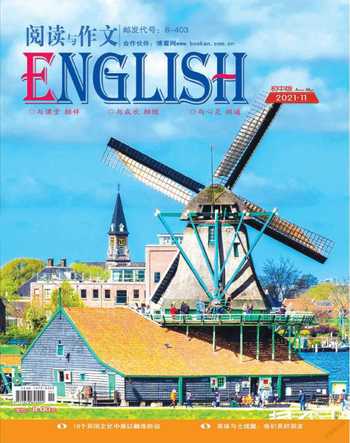As Exquisite as Porcelain
For many, the most alluring piece of a city is its older streets soaked in the strongest local flavor. The greater vintage orthodoxy the street preserves, the more mesmerizing it becomes for visitors. Ancient Ciqikou stands out as a miniature version of old Chongqing, a major Chinese municipality known as “mountain city.”
Ciqikou lies on the Jialing River in northeastern Shapingba District, 14 kilometers west of downtown Chongqing. Initially named Longyin Town, it was built during the Xianping reign (998-1003) of the Song Dynasty (960-1279). The town had become a bustling port by the Ming Dynasty (1368-1644). A local ballad recounts its prosperity at that time: “A thousand merchants greet each other in the daytime, while ten thousands lanterns light up the sky at night.”
The city’s porcelain industry grew so strong that the town was eventually renamed after it — Ciqikou translates literally to “porcelain mouth.” Early in the 20th Century, local merchants embraced cutting-edge techniques and jointly established Sichuan Porcelain Factory. Its exquisite and diverse products sold well both in Sichuan Province and beyond. In its heydays, the town was packed with more than 70 porcelain factories, and countless cargo vessels squeezed into its wharfs, injecting vitality into the local economy.
Most buildings still standing in the town retain architectural styles of the Ming and Qing (1644-1911) dynasties. Its main street is paved with stone slabs and lined with shops. At its entrance, Zhong’s Compound combines architectural elements of quadrangle residences of both northern and southern China. It was constructed 120 years ago by Zhong Yunting, who served as an officer under Empress Dowager Cixi of the Qing Dynasty. All its structures are situated symmetrically along the central axis of its spacious courtyard, a typical feature of northern quadrangles. Meanwhile, the exquisite black tiles and tenon frames reflect traditional architectural styles unique to southern China.
One seeking insight into local lifestyles never misses the local cuisine. Even during tourist off-season, thousands of visitors perpetually flood the town each day. Its most legendary foods include peanuts with salt and pepper, thin sheets of bean curd, and sautéed eel with duck blood curd, which are collectively called “three treasures of the ancient town.” Other popular snacks include sliced beef and variety meats in chili sauce, chicken giblets, jellied bean curd with river water, cold been jelly, cold noodles, and hot and sour rice noodles. Most visitors to Ciqikou will take home a pack of Chen’s fried dough twists, even though they may have to wait in a long queue to buy them. Others buy fried crab or crustaceans and munch on them while strolling around town. At dinnertime, all roadside restaurants specializing in chicken giblets or sliced beef and variety meats in chili sauce are packed with diners seeking authentic local cuisine.
The cooking methods, as well as the stories behind them, are saturated with strong folk flavor. Perhaps this feature enhances the locale’s popularity with visitors.
Teahouses can be found all over the millennium-old town. In the past, sailors, gangsters, officials, and the unemployed often killed time in teahouses — where high-class and low coexisted harmoniously. During World War II, Chongqing served as an auxiliary capital, and more than 100 teahouses popped up during the era. They also served as performance venues, where customers could enjoy folk art performances, such as storytelling, while sipping tea.
Ciqikou is also noted for its unique dragon dance, popularly called “playing fire dragon” by locals. Before Spring Festival, local artists paste thick paper or gauze over a bamboo frame constructed in the shape of a dragon’s body, soak it in rice water, and finally draw scales on it. The dragon’s body includes several sections, which will vary depending on the size of the performance. One performer is required for each section.
After decades of silence, ancient Ciqikou has again become as prosperous and bustling as its heydays. However, locals are starting to miss their formerly tranquil, laid-back lifestyles when navigating the noisy streets. Some even fear that local traditional culture and leisurely lifestyles will be swept away with the never-ending waves of visitors.

